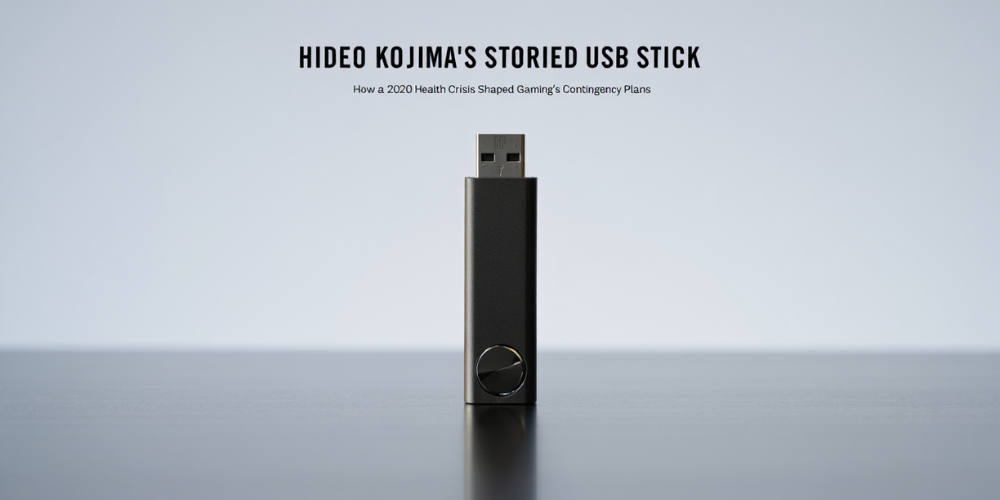Hideo Kojima’s Storied USB Stick: How a 2020 Health Crisis Shaped Gaming's Contingency Plans
2025-07-17

There's a certain mythos surrounding Hideo Kojima and his creative method—fans and industry insiders alike are familiar with his penchant for elaborate planning, notes, and visionary inspiration stored away for future use. One of the most talked-about artifacts from Kojima's toolbox is his so-called "USB stick," often referenced in interviews as a secret stash for his big ideas and backup plans. Why is this item so heavily discussed among game design circles, and what actual role has it played in shaping modern titles from Kojima Productions? As it turns out, this seemingly mundane object became an essential part of his contingency strategy during a significant health scare in 2020, long before the world saw the release of Death Stranding 2.
Main Part
In a candid recent conversation, Kojima shed new light on the circumstances that led to this USB stick truly coming into play. During the height of the pandemic, Kojima experienced a serious health event, confronting him with the question of how his ongoing projects—and the creative legacy attached to them—would continue if he were unable to directly oversee development. As a contingency, Kojima had previously curated this USB stick, which allegedly housed story outlines, design documents, unproduced gameplay mechanics, and project structures that could guide his team even in his absence. The USB stick, which had always been something of an industry joke, suddenly became a very real and pressing part of the studio’s daily workflow.
What’s particularly fascinating is Kojima's admission that establishing this protocol was more than just a precaution—it offered him a sense of stability in a time when global uncertainty was at its peak. By embedding a clear roadmap for his colleagues, Kojima ensured that projects like Death Stranding 2 wouldn't lose their unique narrative flavor or fall into creative limbo. He has been open about the strong trust he places in his inner circle at Kojima Productions, but the USB stick represented a formalized, almost symbolic gesture of leadership and trust. With the rapidly evolving landscape of interactive media, this plan became a blueprint for any visionary director looking to safeguard their creative intent in unpredictable circumstances.
While Death Stranding 2 continues to be shaped by Kojima's direct input now that his health has stabilized, the presence of this contingency architecture changed how the team approached new challenges. The USB stick's influence ensured that the game's world—and its famously nuanced mechanics—remained true to Kojima's vision even during his moments away. It's a rare peek behind the curtain at how top-tier developers prepare for the unexpected, blending meticulous planning with technological solutions. In effect, it allowed Kojima and his team to turn potential chaos into an opportunity for defined creative growth, with clear instructions serving as both a guiding compass and a safety net.
Conclusion
The legacy of Kojima’s USB stick stretches beyond its physical form—it represents foresight and adaptability in an industry often at the mercy of the unforeseeable. By taking the concept seriously during a time of global instability, Kojima and his team modeled pragmatic methods for other creatives to consider. Death Stranding 2 may still bear his narrative thumbprint, but the game's uninterrupted progression during his health crisis is a testament to the studio's resilience and the benefits of robust contingency planning. In a world where creative works can so easily be left unfinished due to events beyond anyone's control, Kojima’s USB stick stands as a symbol for future game devs to consider: having a plan is not just an option—sometimes, it’s what keeps the story alive.




Leave a comment
Your comment is awaiting moderation. We save your draft here
0 Comments